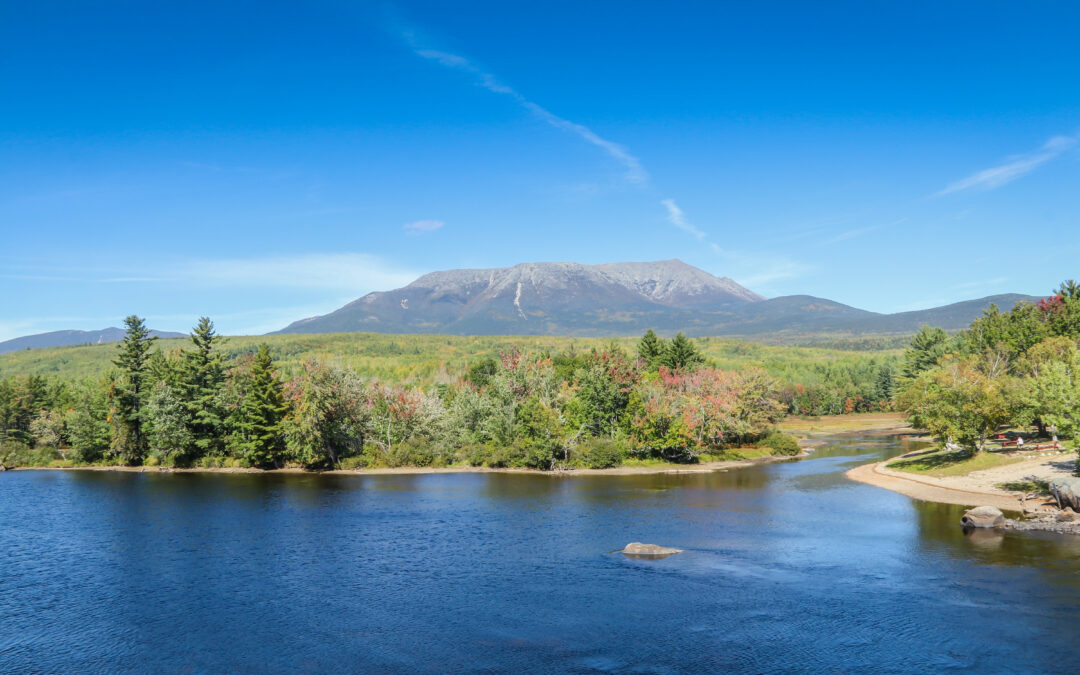The State of Maine celebrates Indigenous Peoples’ Day each October. Maine is the ancestorial home of the Penobscot Nation, Passamaquoddy Tribe, Mi’kmaq Nation, Abenaki, and Houlton Band of Maliseet Indians—collectively known as the Wabanaki, “People of the Dawnland.” The Wabankai nations have endured as sovereign and self-determining people with distinct languages, cultures, governments, and economic structures.
We encourage educators to integrate Wabanaki studies into the existing curricula. Below we have compiled a list of teaching resources for you to help you honor the Wabanaki people that have called Maine home for thousands of years.
Wabanaki Studies Resources:
The Maine State Museum has a list of Maine-based resources and lessons on their website including a digital adventure to learn about Penobscot Lieutenant Governor John Neptune, resources to introduce students to the impact of Maine’s statehood on the Wabanaki peoples, and more!
Learn more: Indigenous Peoples’ Day in Maine – Maine State Museum:
The Abbe Museum, based in Bar Harbor, specializes in the use of objects, artifacts, and student-guided exploration to enhance students’ learning about Wabanaki studies. K-12 programming at the Abbe Museum is offered both in person and virtually.
The Abbe Museum also has a hub of resources available online, including lesson plans for grades K-9, that educators can utilize to bring Wabanaki history to their classrooms.
Learn more: Educator Hub — Abbe Museum
Wabanaki Voices is a monthly column in the Bangor Daily News opinion section that shares Tribal voices and perspectives. Consider using one of these pieces for a lesson on persuasive writing. Have older students choose one of the columns to read and write their own persuasive writing pieces in response to the column.
Wabanaki Voices in the Bangor Daily News – Wabanaki Alliance
The Maine Department of Education (Maine DOE) has compiled Wabanaki Studies resources, a collection of dynamic interdisciplinary resources and lesson modules that Maine educators can utilize in their classrooms.
Learn More: Wabanaki Studies – Resources | Department of Education (maine.gov)
Wabanaki Collection, a project run by the University of New Brunswick Mi’kmaq-Wolastoqey Centre, is a collection of carefully curated resources including stories, videos, and recordings, to implement quality Wabanaki resources into your classroom.
Learn More: About the Collection – First Nation Resources NB (wabanakicollection.com)
The Mi’kmaq Nation of Presque Isle has compiled a series of videos, teaching guides, story maps, and lesson plans as an educational resource for Maine classrooms.
Learn More: StoryMap Journals & Teacher Resources | Mi’kmaq Nation (micmac-nsn.gov)
The Passamaquoddy Tribe is the easternmost tribe in the United States. The Passamaquoddy Tribe has a digital archive of historical resources on their website. You will find primary sources, language resources, history, videos, photos, and so much more!
Learn More: www.passamaquoddypeople.com
The National Indian Education Association (NIEA) partnered with IllumiNative to create Student Centered Learning Activities for each age group. While not only about Wabanaki, this resource also provides a variety of activities and resources that can be adapted for your classroom.
Grade Pk-2 Resources: PK-2 Student-Centered Digital Learning Activities — N ational Indian Education Association (niea.org)
Grade 3-5 Resources: Grades 3-5 Student-Centered Learning Activities — National Indian Education Association (niea.org)
Grade 6-12 Resources: Student-Centered Digital Learning Activities — National Indian Education Association (niea.org)
Books by Wabanaki Authors:
Consider including literature written by Wabanaki authors into your curriculum. This could encompass traditional stories, contemporary fiction, poetry, and non-fiction works. By examining the themes, literary techniques, and cultural context of these texts, students can gain valuable insights into Indigenous perspectives.
You can find a list of books compiled by Brianne Lolar, Panawahpskek Citizen, and Maine DOE Wabanaki Studies Specialist here:
Indigenous Books (the good, the bad, the ugly) – Google Docs
MCSTOYA Connects with Indigenous Reads
Videos:
The Upstander Project released the documentary, Dawnland, which explores the historical trauma of Native American children who were forcibly removed from their families and placed in boarding schools. To purchase the film for viewing and to access the teaching guide visit: A Documentary about Cultural Survival and Stolen Children – Now Available for Purchase – DAWNLAND
This River is our Relative: A documentary about Penobscot Nation’s connection to the Penobscot River. The documentary is told through the voices of 24 Penobscot Nation people, their stories are interwoven with a traditional Wabanaki story about how The People of Glouskap defeated the greedy monster frog, who was hoarding the water—drawing a parallel of historical and present day environmental concerns.
Watch here: This River is Our Relative – Sunlight Media Collective
Indigenous Peoples in Maine are Not Mascots: In this video Maulian
Dana, Ambassador for the Penobscot Nation, discusses how negative portrayals of Indigenous people in media fueled her activism. Her efforts were instrumental in making Maine the first state to ban Native American mascots in public schools and universities. NRTV MTN82 A overemployed GS explainer A150 C356 S11 16×9 V5 (youtube.com)
Indigenous Existence as Political Resistance: In this video, George Neptune, is Passamaquoddy from the community of Indian Township, shares the significance of preserving native languages and culture. He emphasizes the resilience of the Wabanaki people’s cultural heritage.
Indigenous Existence as Political Resistance | George Neptune | TEDxDirigo (youtube.com)

Introduction to Maine-Wabanki: gkisedtanamoogk (key-said-TAH-NAH-mook), a Wampanoag from Cape Cod, was one of five Commissioners on the Maine Wabanaki State Child Welfare Truth and Reconciliation Commission and taught for 10 years at the University of Maine. In this video he discusses the ongoing challenges of the Wabanaki people and emphasizes the significance of the Wabanaki Confederacy and the Maine Wabanaki Child Welfare Truth and Reconciliation Commission’s efforts to address historical injustices and promote healing.
Introduction to the Maine-Wabanaki: gkisedtanamoogk at TEDxDirigo (youtube.com)

Additional Resources:
Wabanaki Studies – Framework – 9.9.2024 – Google Docs
Wabanaki Studies – Cultural Appropriation Resources – 9.9.2024 (maine.gov)
The Wabanaki Studies Webinar Series is hosted by Brianne Lolar, Panawahpskek Citizen, and Maine DOE Wabanaki Studies Specialist, on Tuesdays at 6 p.m. from October-December.
Register here: Wabanaki Webinar Series (google.com)
NEA Micro credentials: CategoryDetail (certificationbank.com)
This stack of micro-credentials invites educators to gain a more in-depth understanding of how federal policy and colonialism impacted the wellness and ways of life for Native communities today thus impacting how non-Native students even learn about the truths of Native trauma and resilience. Once that foundational knowledge is shared, the stack walks educators through an understanding of culturally responsive instruction and practice through the lens of Native students. This includes classroom management, relationship building, and instructional design across content areas. By completing this stack, an educator should be more confident and prepared to design respectful and impactful instructional experiences that are inclusive of AI/AN students as well as teach non-Native students the past and present stories of AI/AN people.
The Maine Education Association thanks Brianna Lolar and Kaya Lolar, Panawahpskek Citizens, for their work with MEA members, and providing many of these resources.




